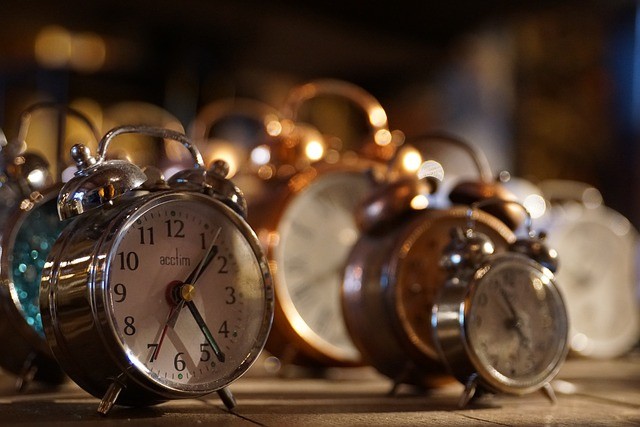
A new Quantum discovery will change time as it is from a clock tick or a pendulum swing which counts seconds, moments unlike before. It goes down to a subatomic level where electrons are active but cannot be determined; this nature of time is unpredictable, and other instruments are needed.
New Quantum Discovery
Researchers from Uppsala University in Sweden, one of the answers is in the quantum fog and its shape, possessing something different, reported ScienceAlert.
The wave-like nature of these experiments of the Rydberg state shows a far different behavior of time that is not based on start and end. Rydberg atoms are over-inflated balloons in the world of particles, and these atoms are energized and orbit far from the nucleus, noted Time News.
Using lasers to energize the atoms to large proportions; these lasers cause electrons to power up. These actions are used to observe changes in the electrons and times. Such a pump-probe helps measure the speed of electronic processes via the new Quantum discovery.
Time Changes
Causing atoms into a Rydberg condition is helpful for engineers to design new components that will be used for quantum electronics like next-generation computers. Physicists have info on how electrons interact in this energetic state that changes time.
They are subatomic particles that move randomly and unpredictably how they move about as individual particles.
Accordingly, the mathematical rule book is an unpredictable Rydberg electron roulette called a Rydberg wave packet. Similar to genuine waves in a pond, interruption caused by several Rydberg wave packets inside an area leads to different patterns of eddies.
If enough Rydberg wave packets are flung together into a single atomic pond, their different patterns would each reveal the distinct portion of the time required for the wave packets to develop in perfect harmony. It was those very 'fingerprints' of time that the physicists behind this newest series of tests set out to evaluate, proving they are consistent and reliable enough to represent a version of subatomic timestamping.
Studies could the effect of laser-excited helium atoms and match the results with the theoretical constructs to see if it stands the test of time.
Physicist Marta Berholts, who led the team, told New Scientist that a counter starts at zero and resumes at any point.There is no need to start a clock; instead, look at the interference structure and begin at any point.
This Rydberg wave packet comparison may be used in conjunction with other kinds of pump-probe spectroscopy that quantify events on a molecular scale when they every now and then are less distinguishable or are too bothersome to assess.
It's important to note that none of the fingerprints require a then and now to act as a temporal beginning and end.
Future quantum watch studies can use laser beams of energy levels or even other subatomic particles in place of helium to enlarge the timestamp rule book to satisfy a broader range of situations. This new quantum discovery investigates Rydberg wave packets and how it changes time.
Related Article: Russian Archaeologists' Amazing Find of a 2,100-Year-Old Burial Containing Aphrodite 'Priestess' in Black Sea Coast
© 2026 HNGN, All rights reserved. Do not reproduce without permission.








